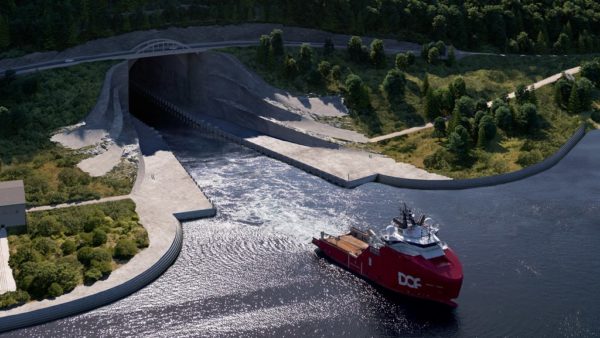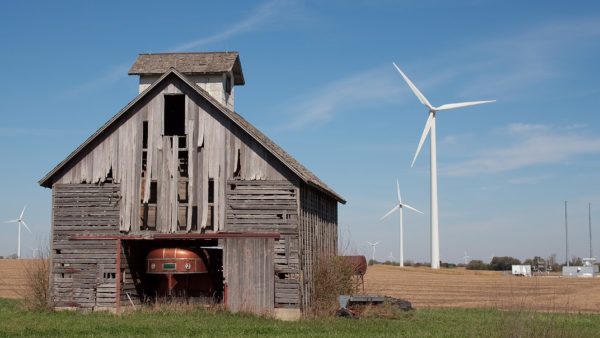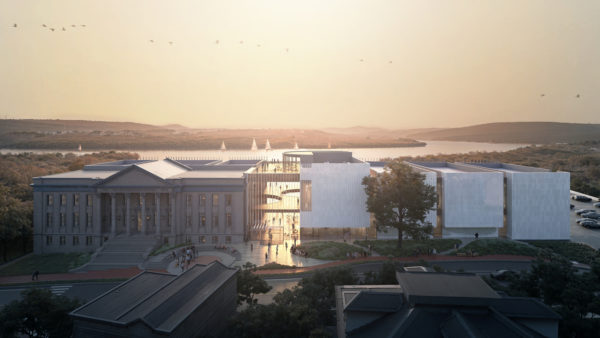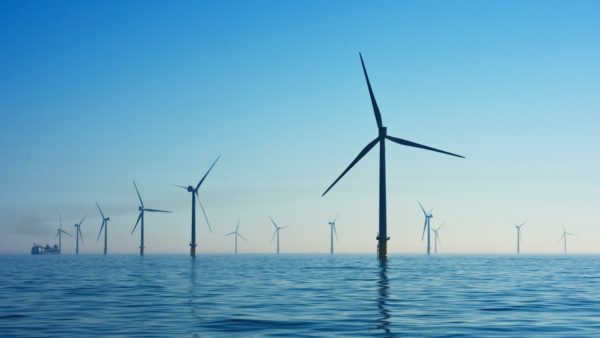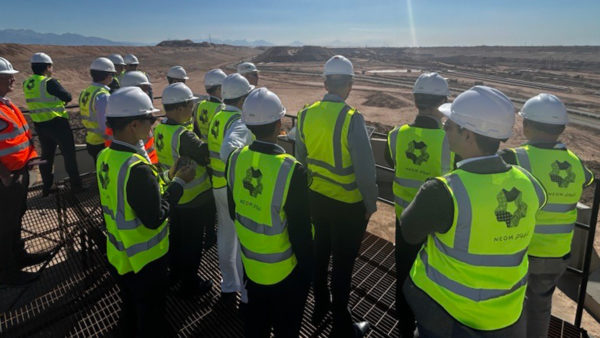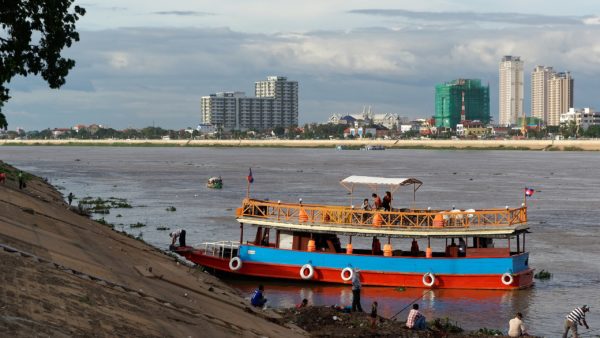Reactions are coming in from passengers on Kenya’s brand new, $3.2bn Standard Gauge Railway (SGR), which began commercial operations on 30 May after a three-and-a-half year construction period.
"There are no bumps or potholes, the ride is so smooth," said one excited rider on the first passenger service, which left Mombasa for Nairobi at 9am on 1 June.
This 470km stretch of line, built and 90% funded by the Chinese, will be able to move half of all freight passing through Mombasa, East Africa’s biggest port, and it will cut the time taken to travel between there and Nairobi to four hours, compared with 12 hours on the old narrow gauge colonial railway, or the two-lane Mombasa Road. Â
Freight trains will travel at 80km/h and passenger trains at 120km/h. One freight train can haul up to 200 teu containers and a passenger train can transport about 1,200 people.
Reactions
Despite passenger excitement, broader reactions in Kenya have been divided, with the government of President Uhuru Kenyatta hailing the SGR as the biggest infrastructure project since independence in 1963, and a key element of its Vision 2030 plan, which sets out Kenya’s path to becoming a middle-income country.
Opposition parties pointed to allegations of corruption and inflated costs around the project. Raila Odinga, the head of the National Super Alliance, questioned why the price of the project had risen by over Sh100 billion ($1bn).
Kenya’s Daily Nation was present when the first passenger train service left Miritini station in Mombasa for Nairobi at 9am today. It reported that passengers who paid $7 for a ticket to Nairobi were happy with the legroom, and excited to see elephants and buffalo in Tsavo national park.
Mbatia John, a passenger on the train, said the train ride was exciting, comfortable and secure compared to travelling by buses. "There are no bumps or potholes, the ride is so smooth and I am not tired at all, there are also police officers on board."
China’s charm offensive
The project was accompanied by efforts by the Chinese to counter a perception that Kenyan workers and subcontractors are failing to benefit from the scheme.
The line was built by the China Road and Bridge Corporation (CRBC), a subsidiary of China Communication Construction. CRBC paid for 35 Kenyan students to receive full scholarships to study at Beijing Jiaotong University and donated $10m towards the founding of a railway institute. The Chinese government agreed in 2015 to put 1,000 Kenyan students through university.
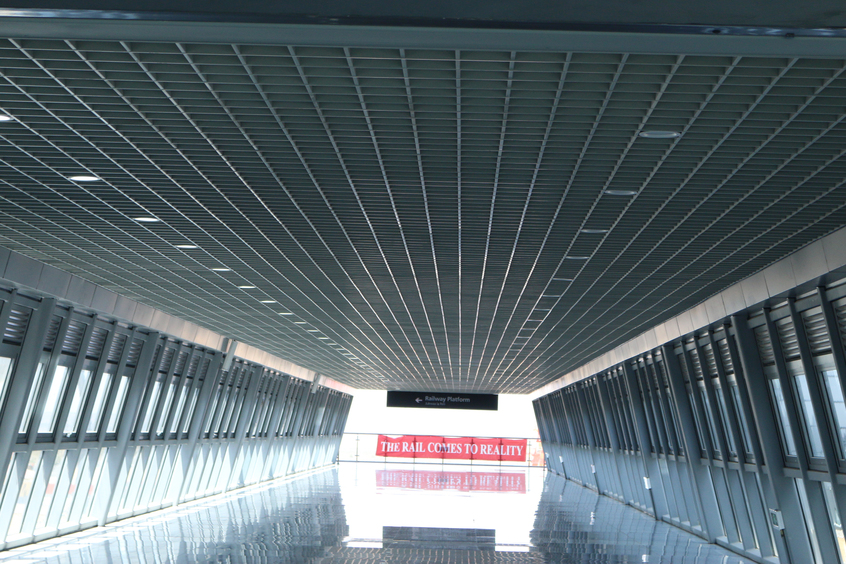
The SGR’s present western terminus, in Nairobi (SGR)
The Chinese designers also met concerns about the effect of the line on Kenya’s elephants and buffalo by installing 14 wildlife crossings, including six underpasses with a depth of 6.5m in height to accommodate giraffes (average height 4.2m). There are also fences and 500 culverts dotting the track to help animals to cross safely.
Steven Zhao, CRBC’s external and cooperation manager, told Xinhua: "We continuously adhere to the highest standards of environmental and wildlife protection, energy conservation and emission reduction. We do this because it is the right thing to do and based on our values."
Next steps
The phase of Kenya’s SGR is the first step to realising a plan to create a modern rail network linking the coastal states of Kenya and Tanzania with the densely populated and economically dynamic populations in the Great Lake states of Uganda, Rwanda and Burundi.
The second phase will take the line from Nairobi to the Ugandan border. This phase is being awaited with some impatience in Uganda, which is unable to begin its own system until Kenya decides on its route.
The Ugandan Standard reports Matia Kasaija, Uganda’s finance minister, as saying the Export-Import Bank of China will release funds only when it is sure that Kenya "is willing and able to extend its railway to the border, so that they don’t fund a white elephant".
However, Kenya is also waiting for Chinese funding for its second stage.
The wait will soon be over, because last week President Kenyatta secured an additional $3.6bn from China to extend the railway line 250km to the Kisumu, on the shores of Lake Victoria.
There may later be a line passing through the mineral rich Democratic Republic of the Congo to Angola, where it would meet the 1,344-km Benguela railway, which China refurbished in 2015.
Other links may include, at a much later date, one to Africa’s first transnational electrified railway, between Addi Ababa and Djibouti, which opened at the beginning of the year, and to South Sudan along the LAPSSET corridor. Â
In July last year, the Abujia-Kaduna line was unveiled, the first standard gauge railway modernisation project undertaken by Nigeria, Africa’s most populous nation. Construction of the next segment, the 312-km Lagos-Ibadan rail line, has started since March.
Image: The newly built eastern terminus (SGR)
Further Reading:





